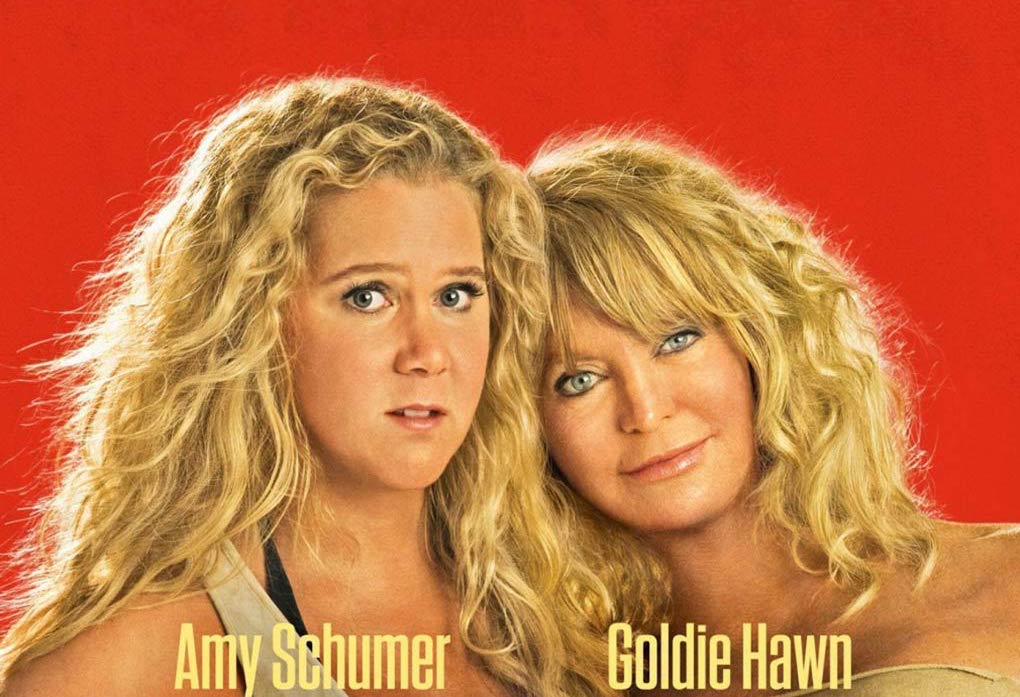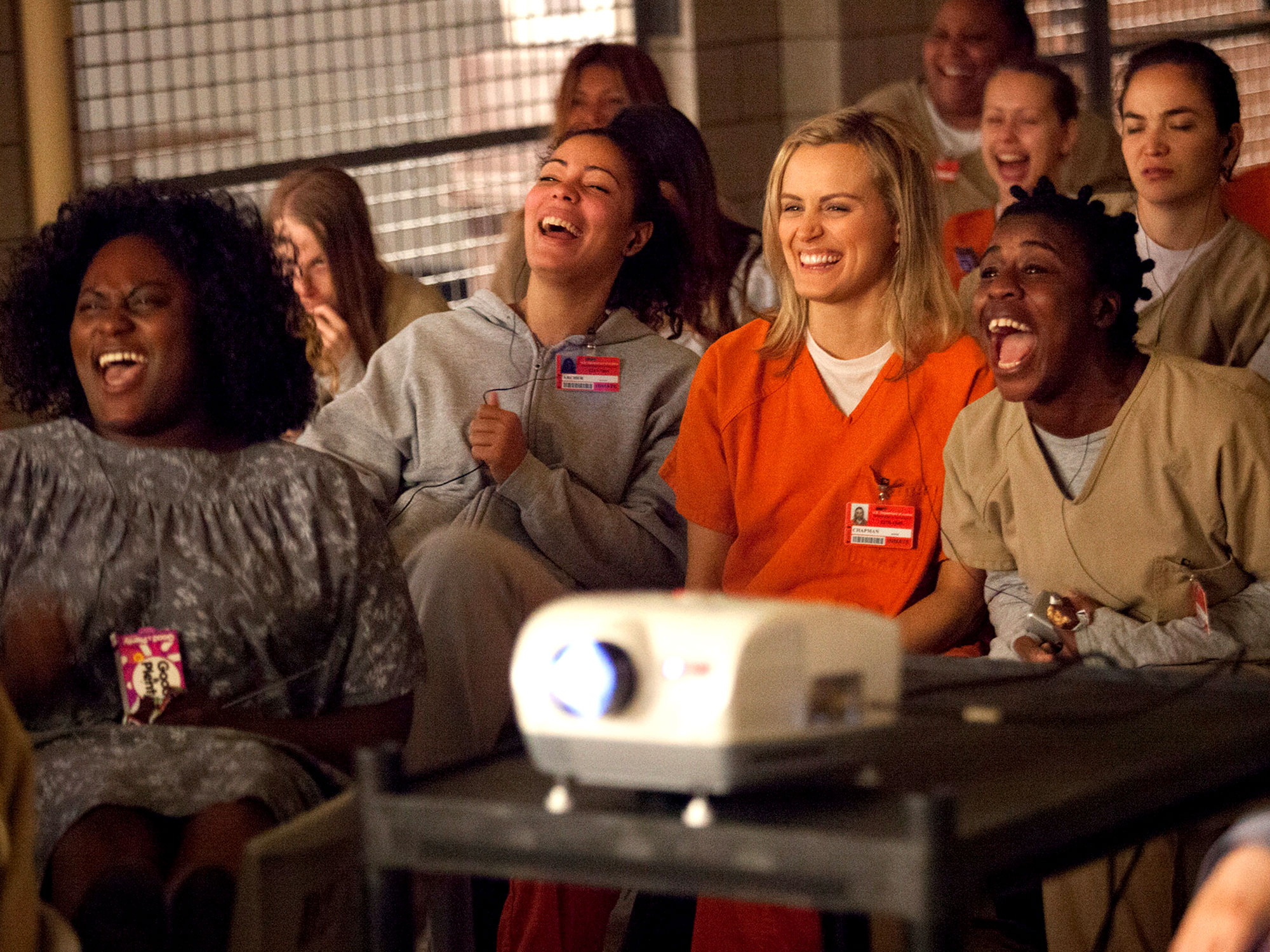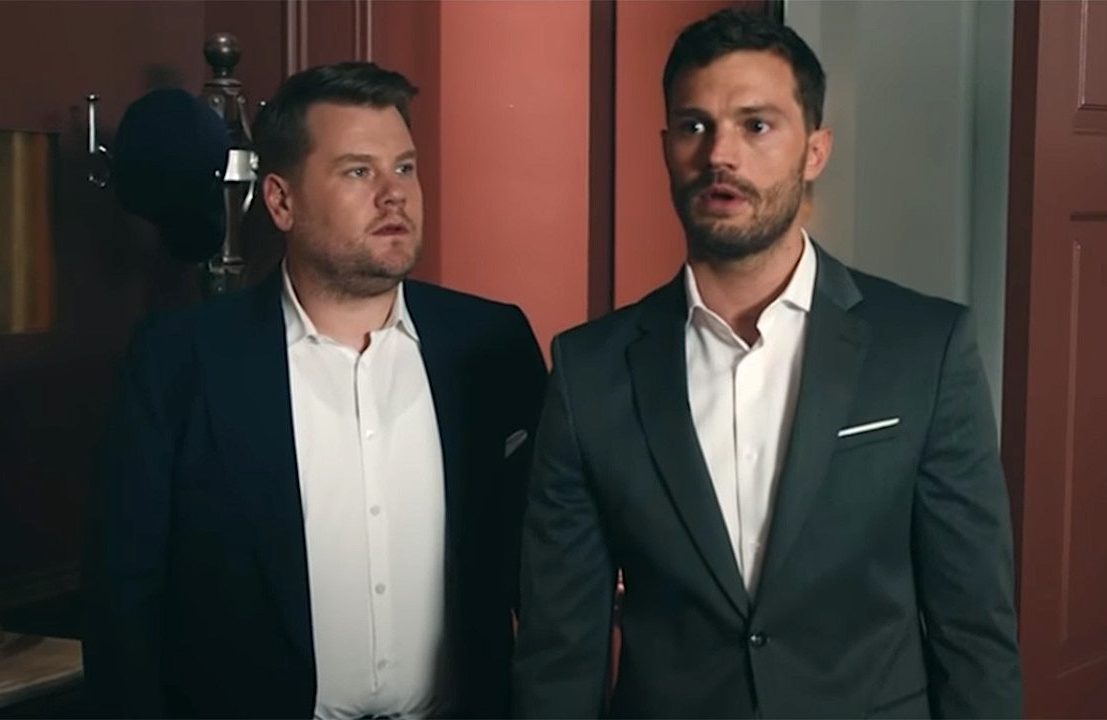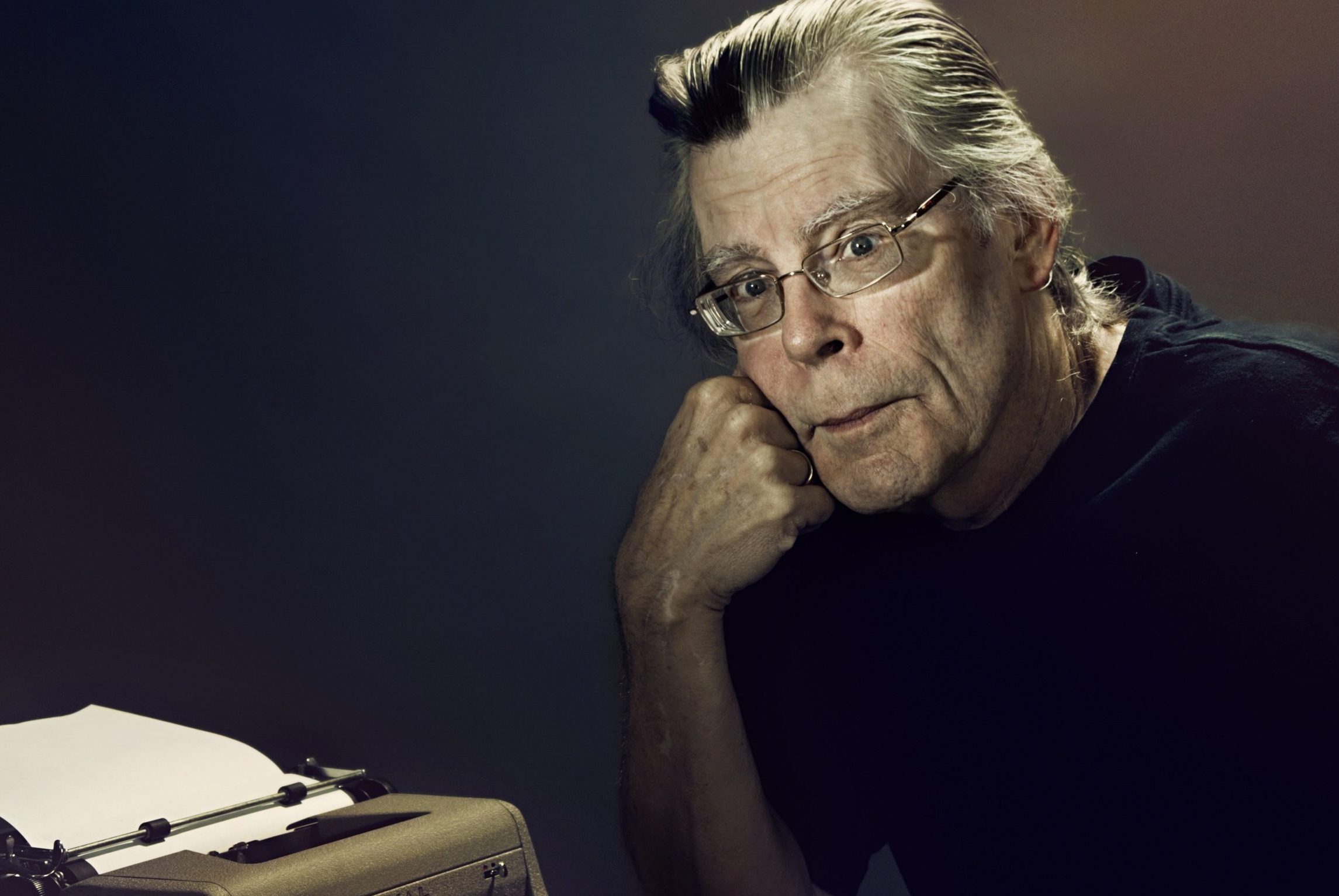
The Best Movie Adaptations of Stephen King’s Work (So Far)
More than 40 years he’s been in business and still, Stephen King’s work continues to inspire Hollywood. With new adaptations of his stories expected this year (The Dark Tower, It, The Mist (TV)), and probably many more reboots, remakes and original adaptations to come, it is clear that the writer, also known as “the master of horror”, managed to create timeless literary universes.
But as he has had more books adapted or optioned than any living author (around 50 in total – so far), it can be hard to determine which ones are really worth watching and celebrating – especially for hardcore fans. That’s why Spotlight has decided to once and for all create a list of the best movie adaptations of King’s work, so you don’t wonder whether or not you should give that awesome-looking movie a go.
Carrie (1976)
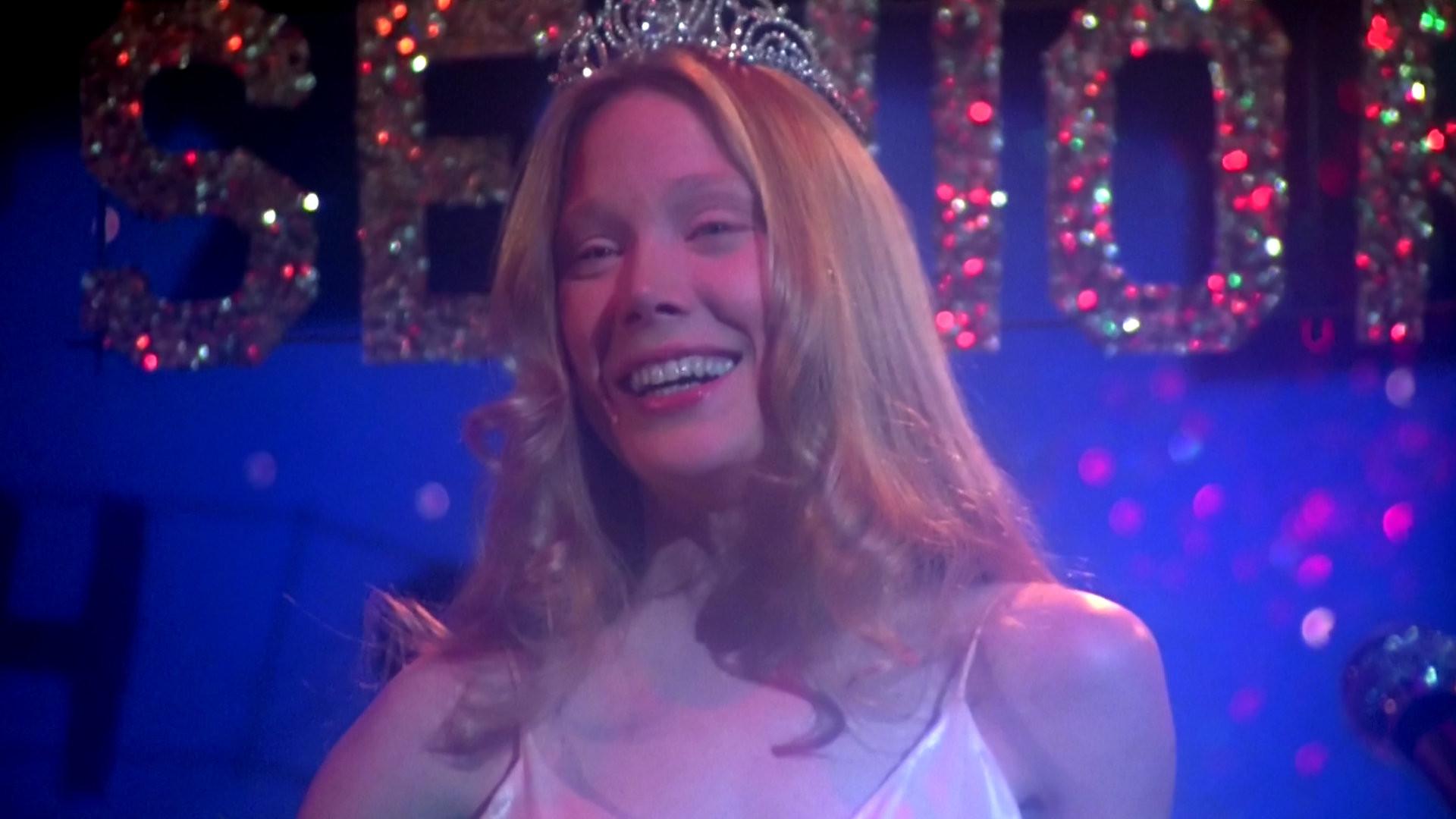
It only took 2 years for King’s first published novel, Carrie (1974), which follows the dramatic breakdown of a revengeful teenager as she uses her telekinetic powers to brutally get back at her high school bullies, to be adapted for the big screen. 26 years old at the time, the author was only offered $2,500 for the film rights. But money didn’t matter too much to him as he later stated during an interview: “I was fortunate to have that happen to my first book.”
And fortunate he was, indeed! Directed by Brian De Palma, who, back then, was only allocated a small budget of $1.6 million to make the film, the adaptation received widely positive reviews and went on to make $33.8 million at the box office, in the meantime becoming regarded as one of the best films of 1976. A pretty good start (if you ask us) that paved the way for many more of Stephen King’s novels to be converted into Hollywood successes.
The Shining (1980)

Very much disliked by King, who describes it as the only “poor” adaptation of one of his books that he could “remember hating”, Stanley Kubrick’s The Shining (1977) is today, nevertheless, considered one of the greatest horror films ever made. (Even Martin Scorsese ranked it one of the 11 scariest horror movies of all time, adding that “Kubrick made a majestically terrifying movie, where what you don’t see or comprehend shadows every move the characters make.”)
Revolving around the violent descent into madness of family father Jack Torrance (masterfully played by Jack Nicholson), who is under the influence of an evil spiritual presence in an isolated hotel, the movie has had, and continues to have, an enormous impact on popular culture.
The Dead Zone (1983)

Following the story of Johnny Smith (Christopher Walken), a school teacher who, after waking up from a coma that lasted 5 years, discovers he has a psychic ability that could help prevent a nuclear holocaust, The Dead Zone was directed by David Cronenberg, for whom the movie represented a new turn in his carrier in contrast to his previous achievements.
At the time, King himself offered to write the screenplay, but Cronenberg rejected his draft, later stating that “ it was not only bad as a script, it was the kind of script that his fans would have torn me apart for doing.” And it seems that the director made the right decision, as, upon its release, the film received very favorable reviews, even generating some viewers opinions that the adaptation was “better than the book.”
Fun fact: Bill Murray was Stephen King’s first choice for the lead role…
Stand by Me (1986)
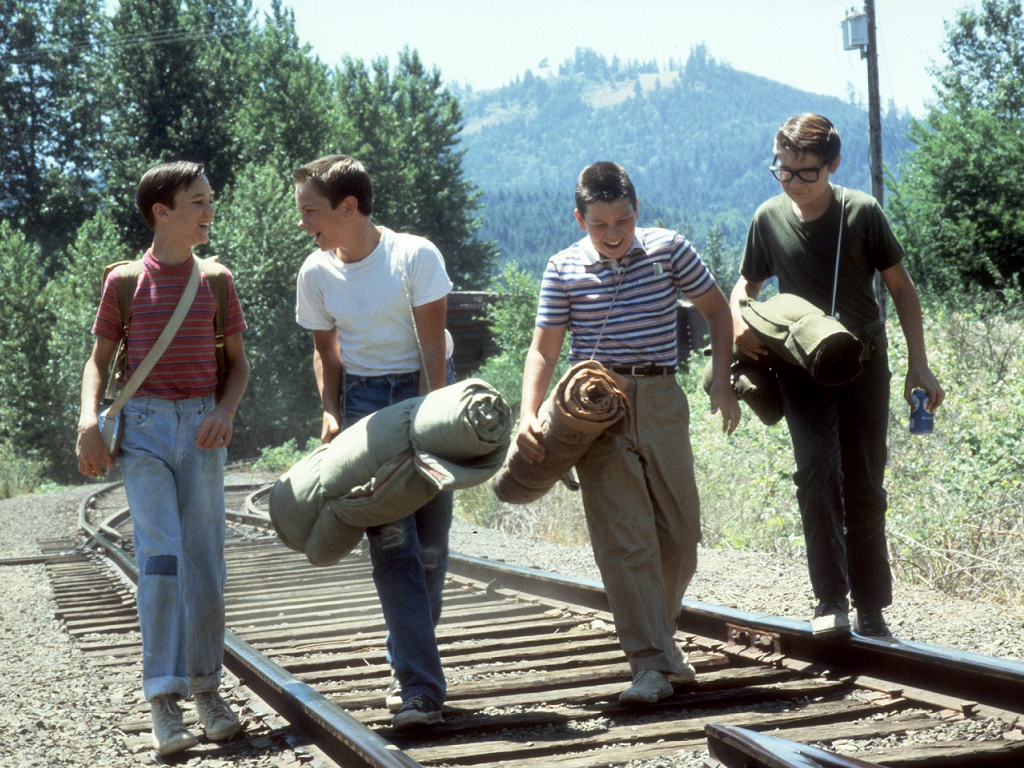
Based on Stephen King’s 1982 novella called The Body, Stand by Me tells the story of 4 boys from a small town who go on a hike to find the dead body of a missing child in the hope of becoming local heroes. Praised for its excellent casting choices to play the main characters (Will Wheaton, River Phoenix, Corey Feldman, and Jerry O’Connell, who basically were the 4 kids of the story), the film, directed by Rob Reiner, was a box office success.
And after the movie came out, King didn’t hide his satisfaction, saying that he was very impressed with the final result. “That’s the best film ever made out of anything I’ve written, which isn’t saying much,” he reportedly stated.
Misery (1990)
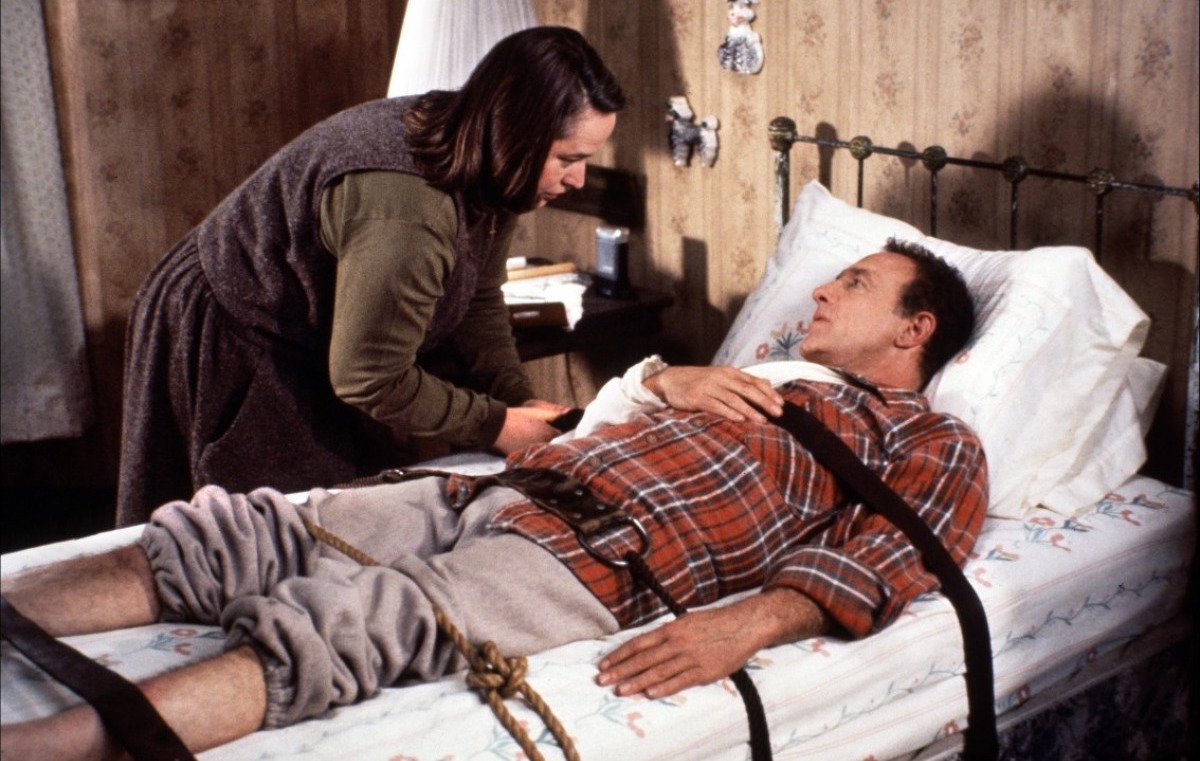
Starring James Caan, Kathy Bates, and Lauren Bacall, Misery tells the frightening tale of a psychotic author’s fan who holds him captive after he was left unconscious by a car accident and forces him to write her stories. At first, Stephen King was reluctant to sell the rights of his novel to be adapted because he found that other works of his were “mishandled in film translations.” But after Rob Reiner did such a good job on Stand by Me, King was happy to let the director work on the film adaptation of his 1987 dark novel. The quality of the movie was such that Kathy Bates (unknown at the time) went on to win a Golden Globe and an Academy Award for her performance as madwoman Annie Wilkes, which boosted her career massively. The movie grossed $61 million at the box office.
Fun fact: King stated that Misery is one of his top 10 favorite film adaptations in his short story collection, Stephen King Goes to the Movies (2009).
The Shawshank Redemption (1994)
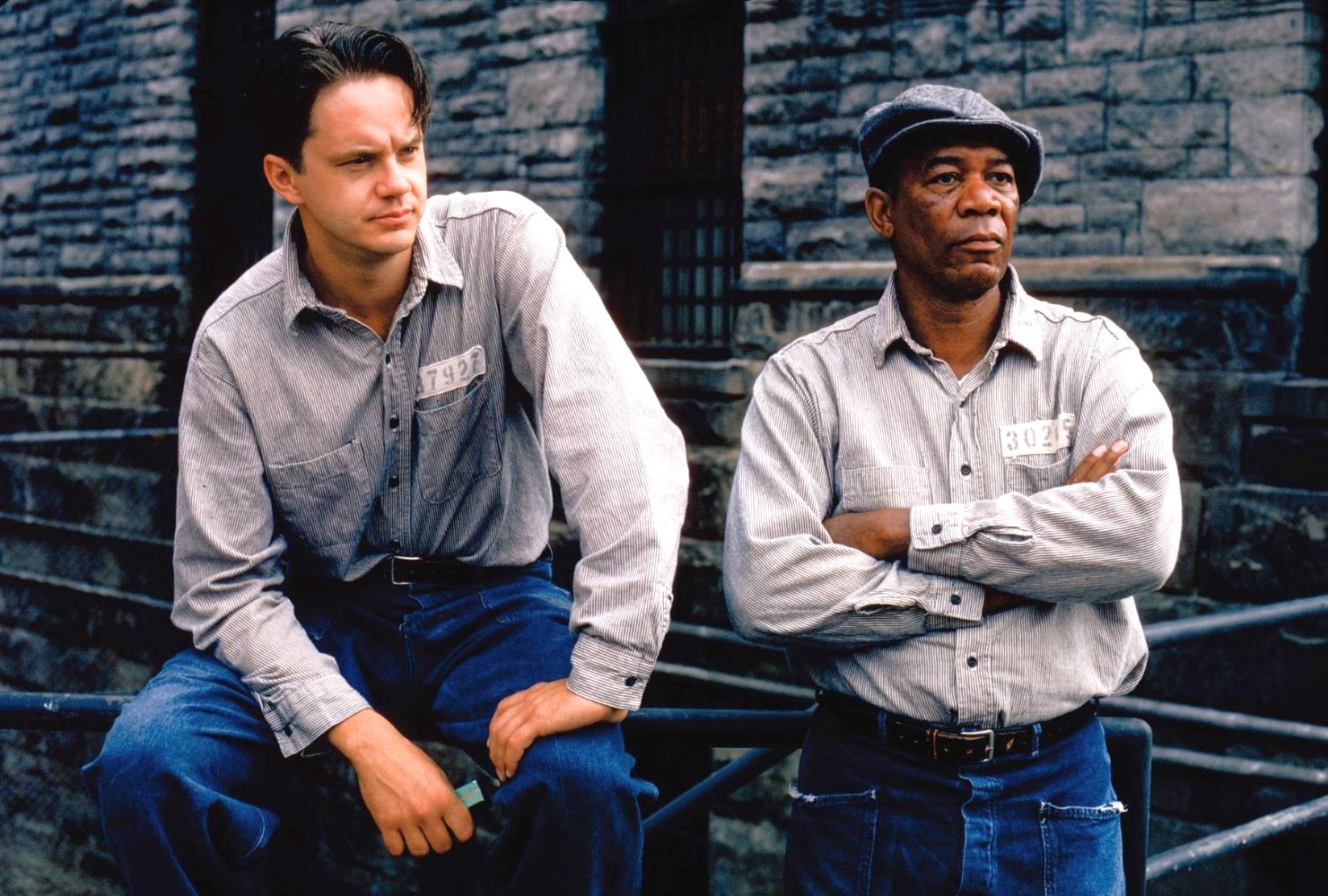
How can we make a list of Stephen King’s best adaptations without mentioning Frank Darabont’s The Shawshank Redemption? The powerful movie, adapted from the author’s novella, Rita Hayworth and Shawshank Redemption (1982), is today considered one of the greatest films of all time by many. “I never expected anything to happen with it,” said King in an interview. “If that isn’t the best [adaptation of my works], it’s one of the two or three best,” he added.
Although it didn’t get a good start in theatres, as it failed to recoup its production budget after its release, The Shawshank Redemption made about $80 million in sales after hitting the video rental market. The film also broke the record of the most Academy Awards nominations (7) for a Stephen King’s movie adaptation.
Following the unfortunate story of Andy Dufresne (Tim Robbins), a banker wrongfully sentenced to life in prison, and is relationship with Ellis Boyd “Red” Redding (Morgan Freeman) at Shawshank State Penitentiary, The Shawshank Redemption offers an uplifting, extremely touching story that is culturally and historically significant.
The Green Mile (1999)
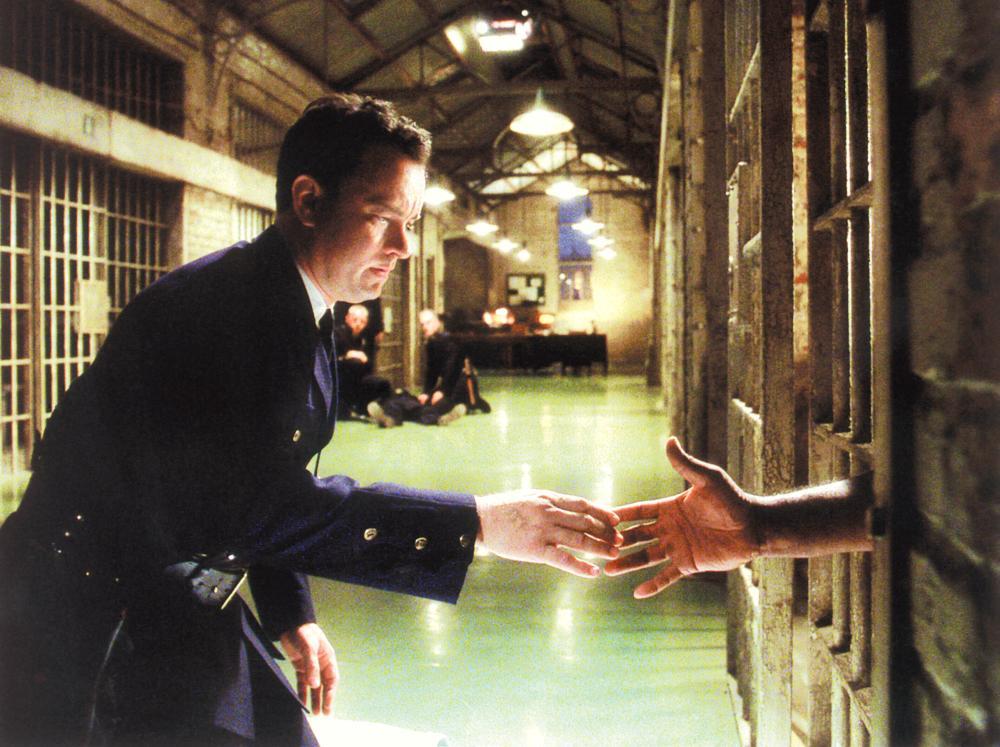
Tom Hanks plays Paul Edgecomb, a death row corrections officer during the Great Depression, in this adaptation of Stephen King’s 1996 novel of the same name, once again with Frank Darabont behind the camera. As the story unfolds, Paul (who is remembering exceptional events from his past) will make the acquaintance of John Coffey (Michael Clarke Duncan), a man accused of child murder and rape, yet who has a mysterious gift that will change his life.
Offering a deeply compelling story, Darabont’s adaptation has been described by critics as “an absorbing, emotionally powerful experience.” It was nominated for 4 Academy Awards in 1999, including Best Picture and Best Adapted Screenplay.
Fun fact: If you thought the movie was long (185 minutes), check out the novel. It’s made of 6 volumes, forming a total of 620 pages.
The Mist (2007)
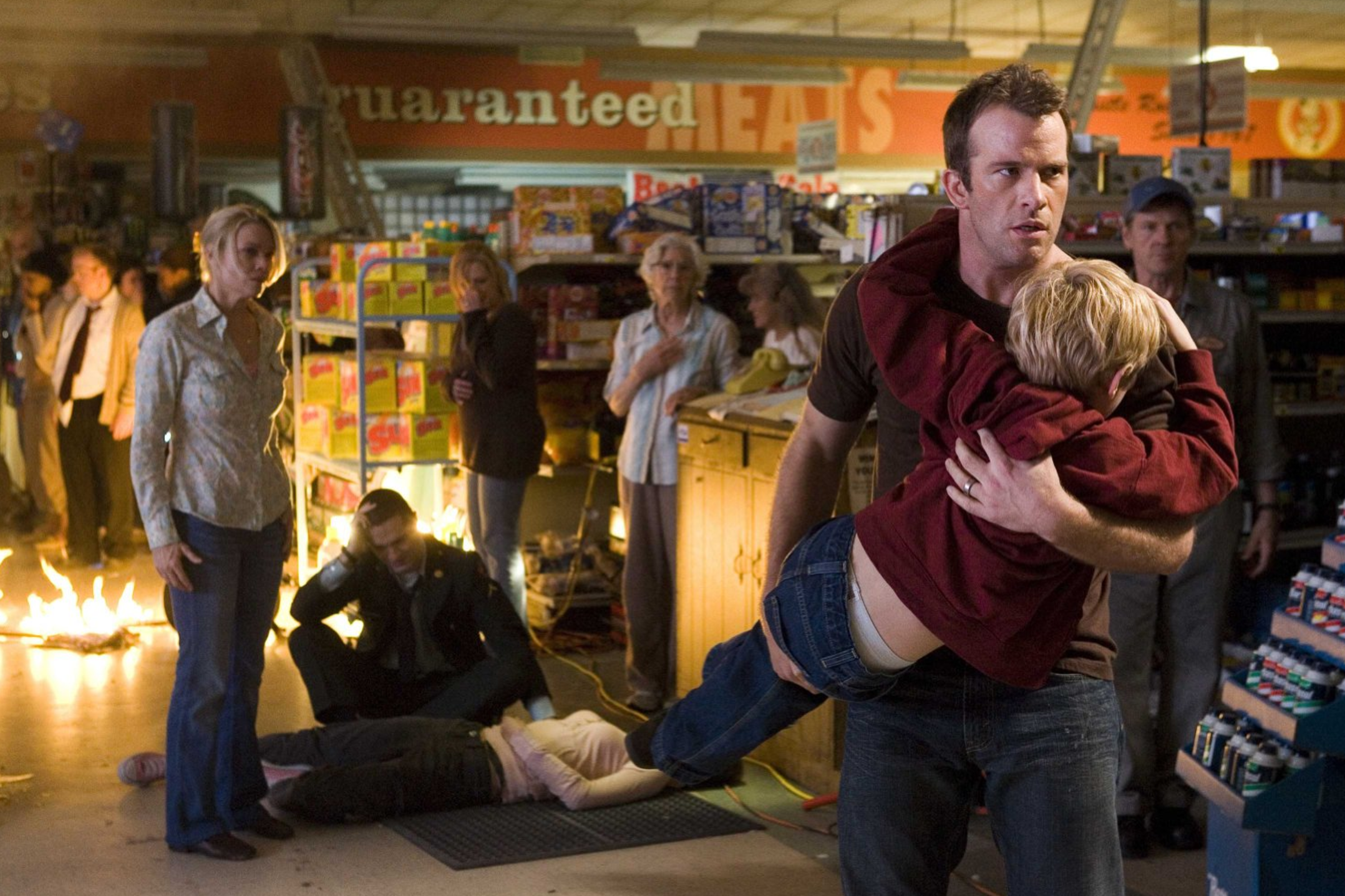
Written in 1980 (yep, it took that long), The Mist is set in the small town of Bridgton, Maine, which becomes suddenly enveloped in an unnatural mist that conceals terrifying monsters. Through its disturbing plot, the film explores the theme of how primitive people can get in a disastrous situation.
And once more, director Frank Darabont proved he could transform King’s work into something just as good (if not better) by making “a very direct, muscular kind of film” and writing a new ending that was praised by King himself, who said: “The ending is such a jolt—wham! It’s frightening.”
Clever, with just enough horrifying moments and mystery all throughout, The Mist is one of those horror movies we’d like to see more. Plus, the ending has been described as one of the most shocking ever made for its controversial and brutal aspect.
1408 (2007)
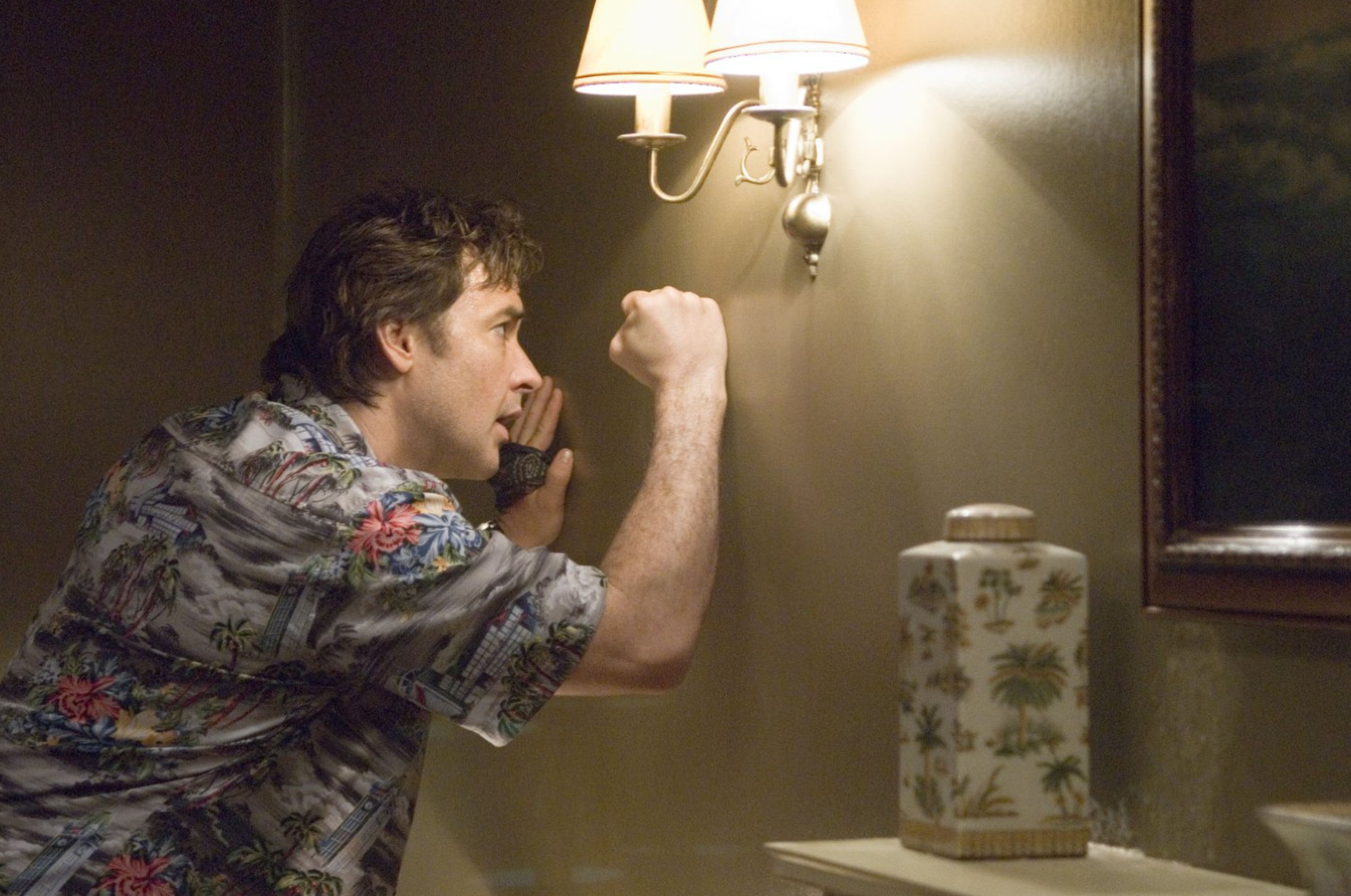
Originally written as part of an appendix for King’s memoir, On Writing: A Memoir of the Craft (2000), the first pages of Ghostly Room at the Inn – soon-to-become 1408 – were initially meant to be used as an example of how a story can be improved from one draft to the next as part of a lesson about how to write a good scene. And a great lesson it was!
The psychological horror film, featuring John Cusack and Samuel L. Jackson, revolves around the character of Mike Enslin (Cusack), a cynical and skeptical author specialized in debunking paranormal occurrences, who checks into the doomed room 1408 of the Dolphin Hotel.
Directed by Mikael Håfström, 1408 is one of those highly underrated movies that plays as much with your mind than with that of its main characters. It’s also John Cusack’s best performance in a long time.
